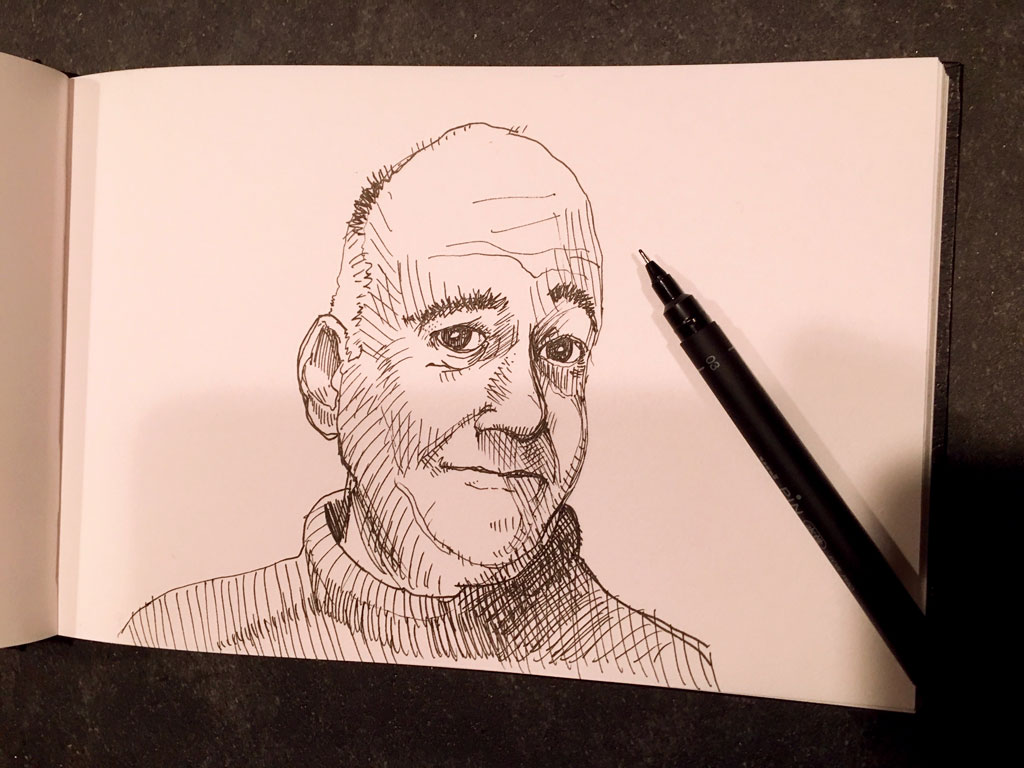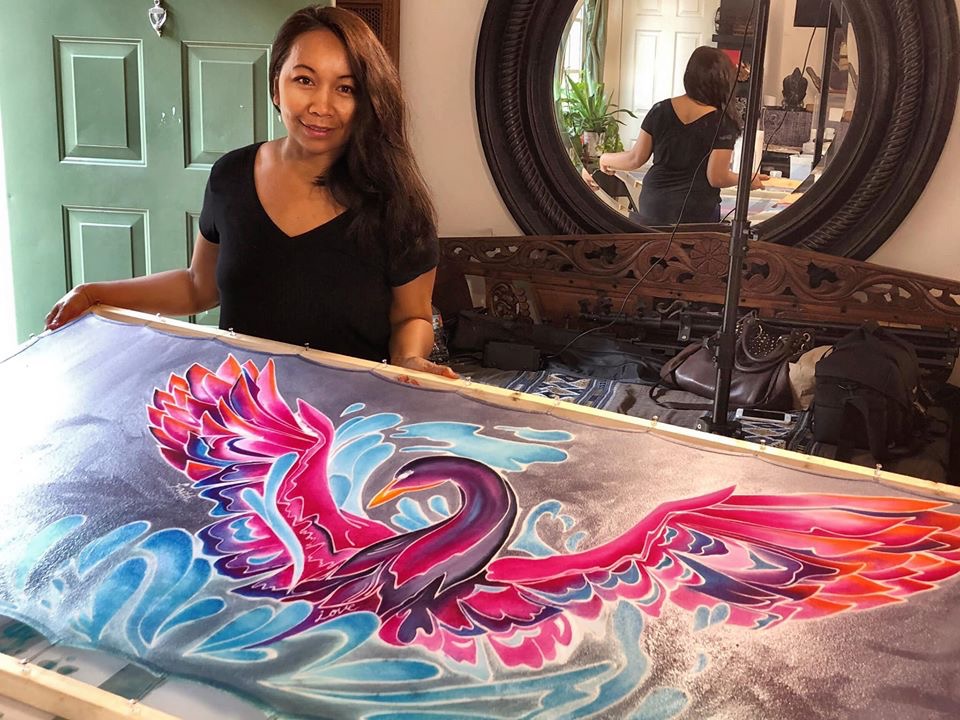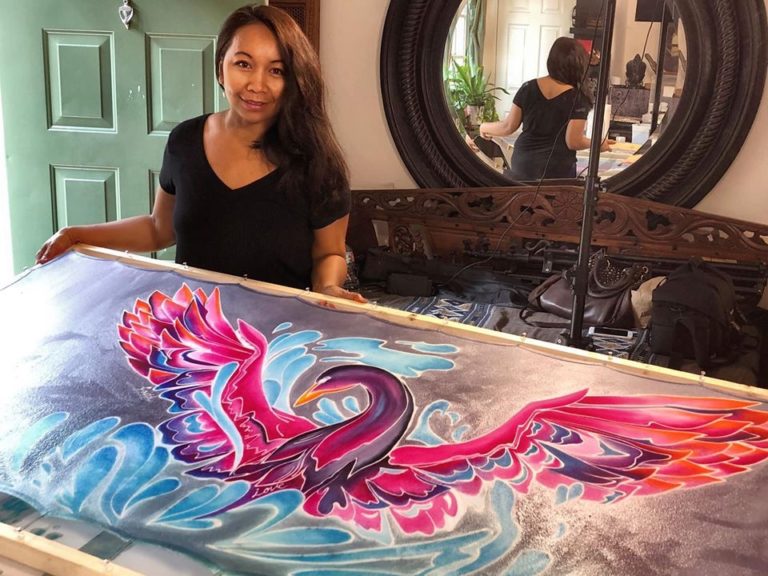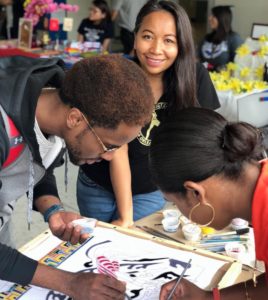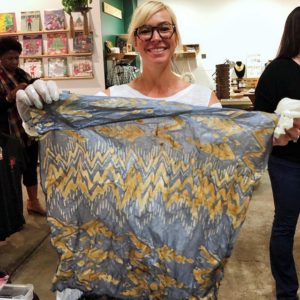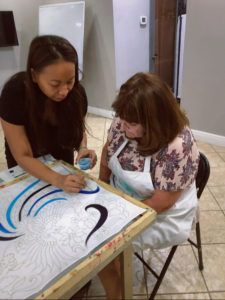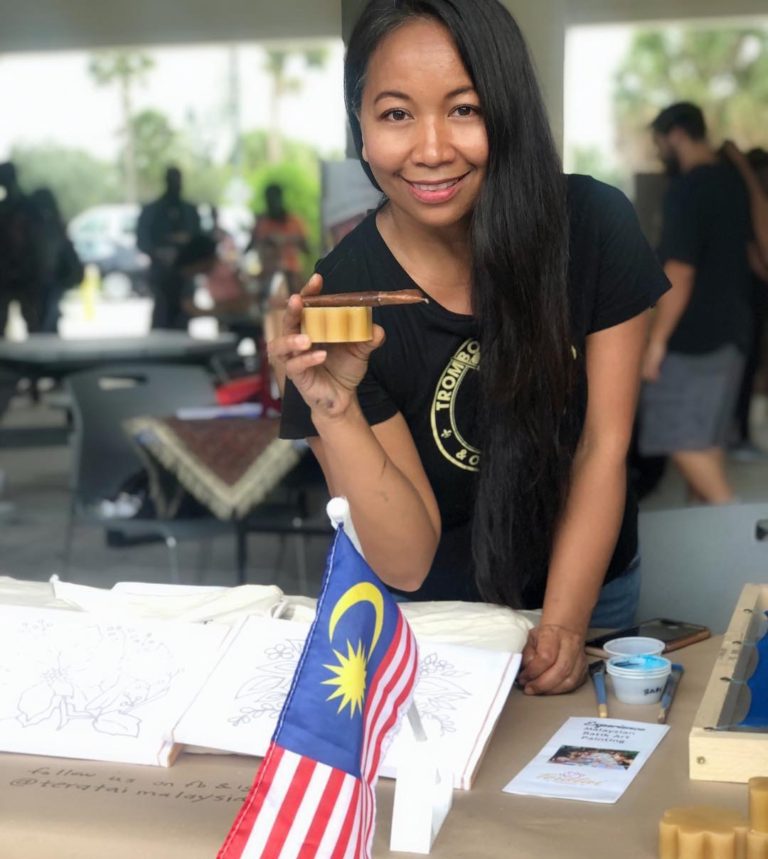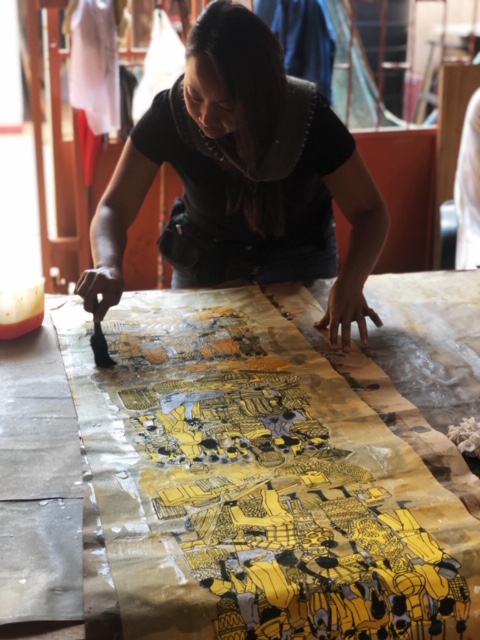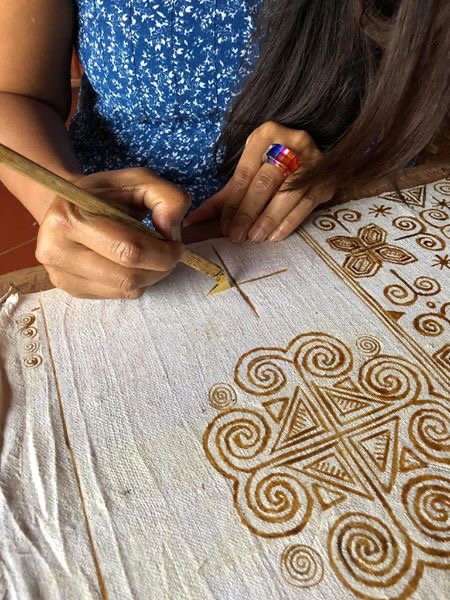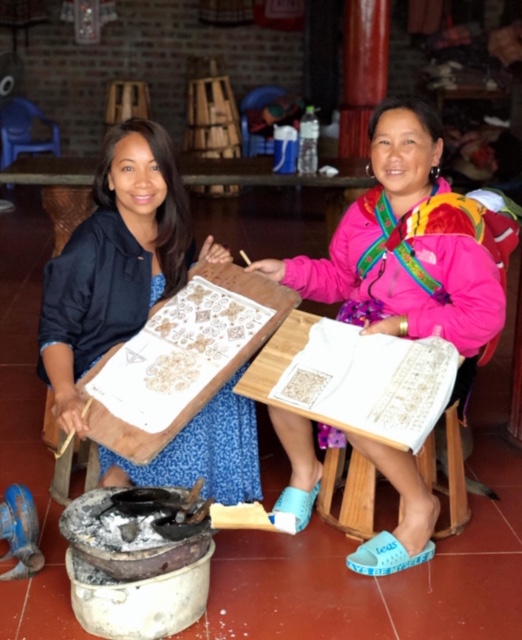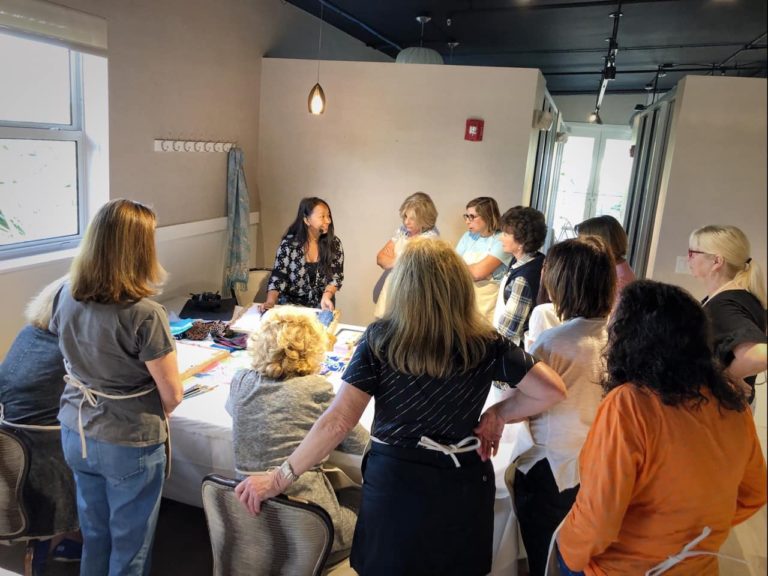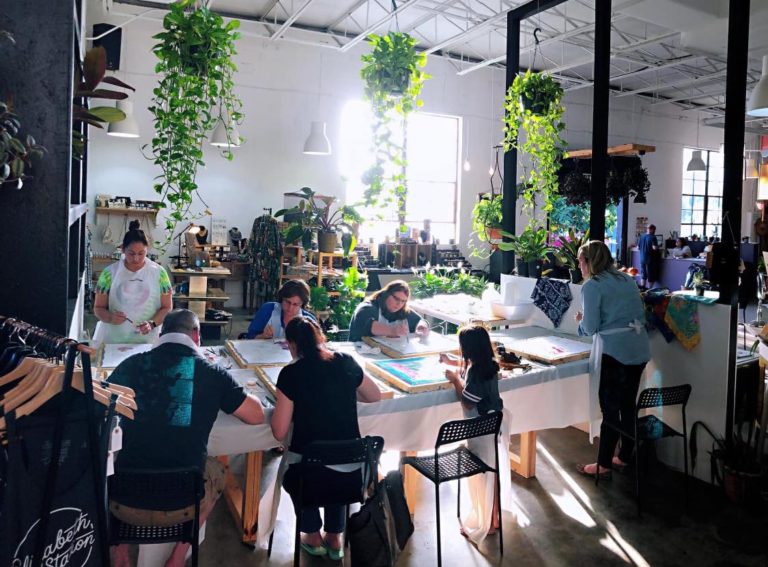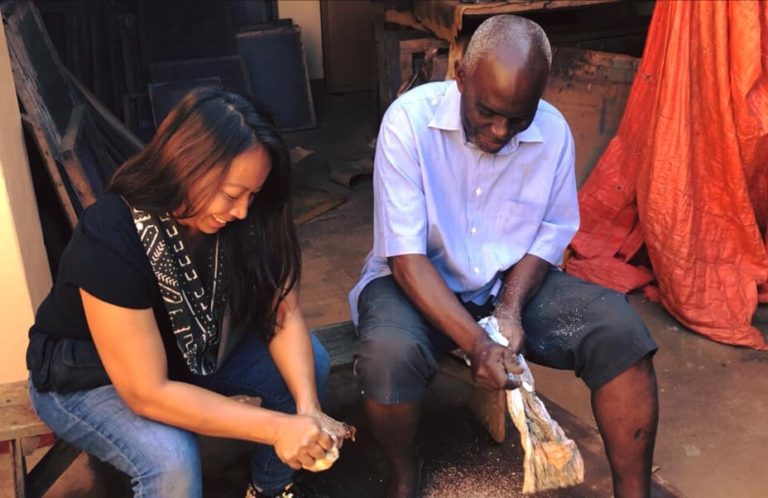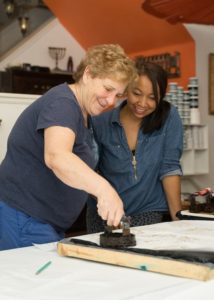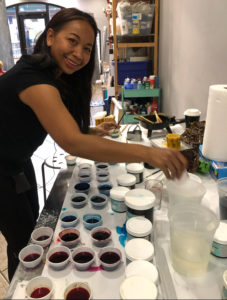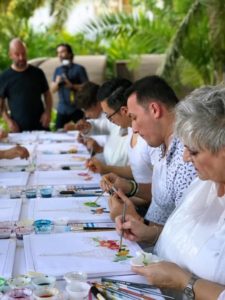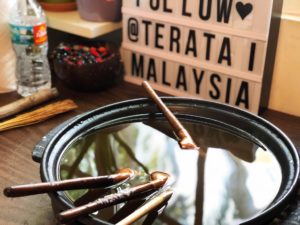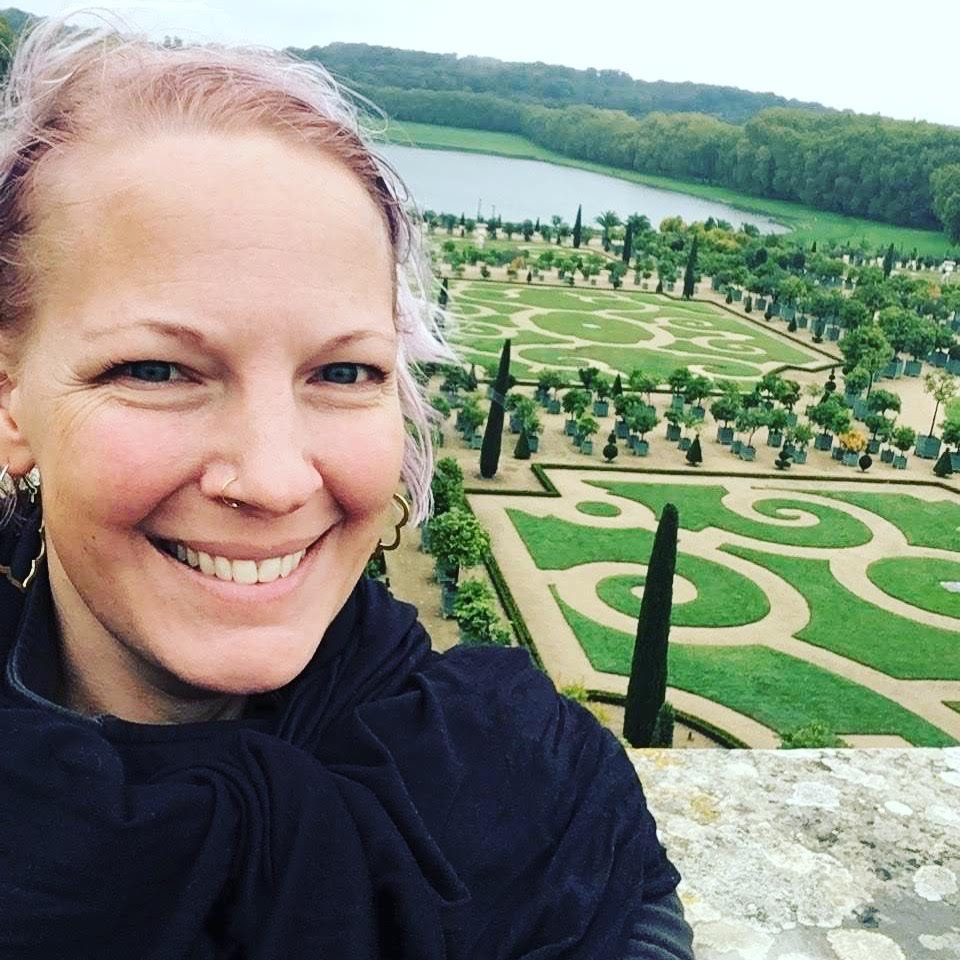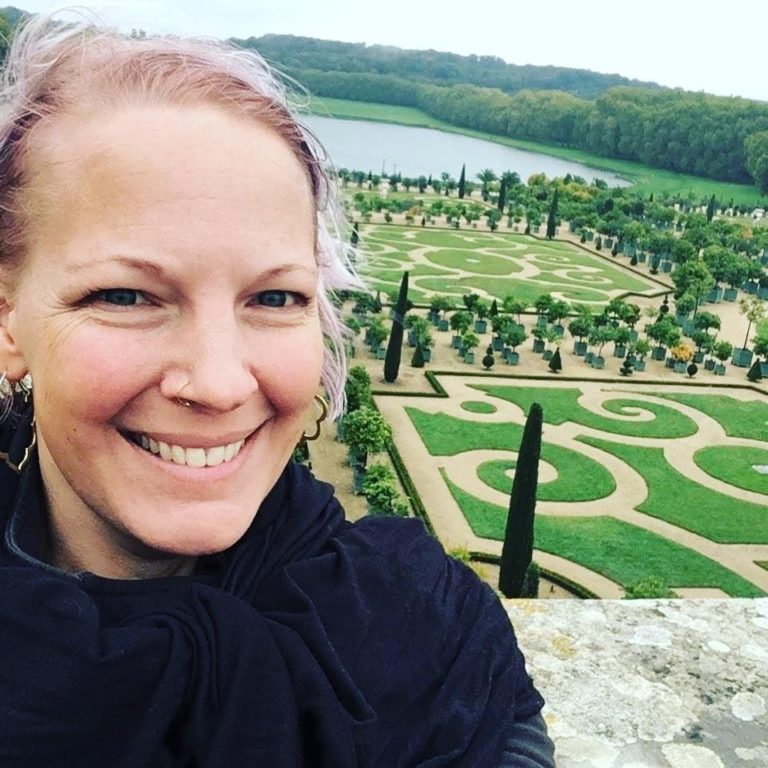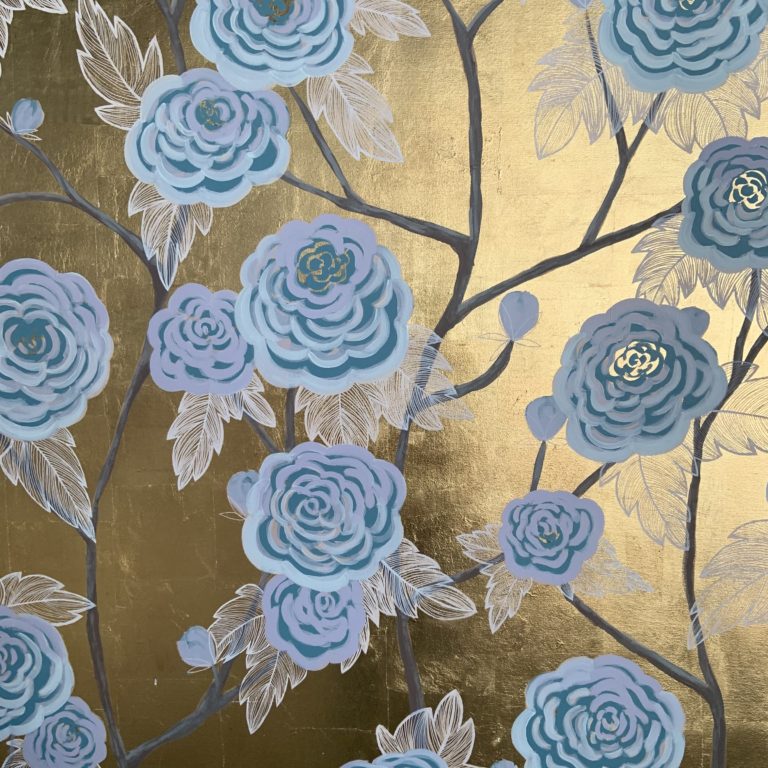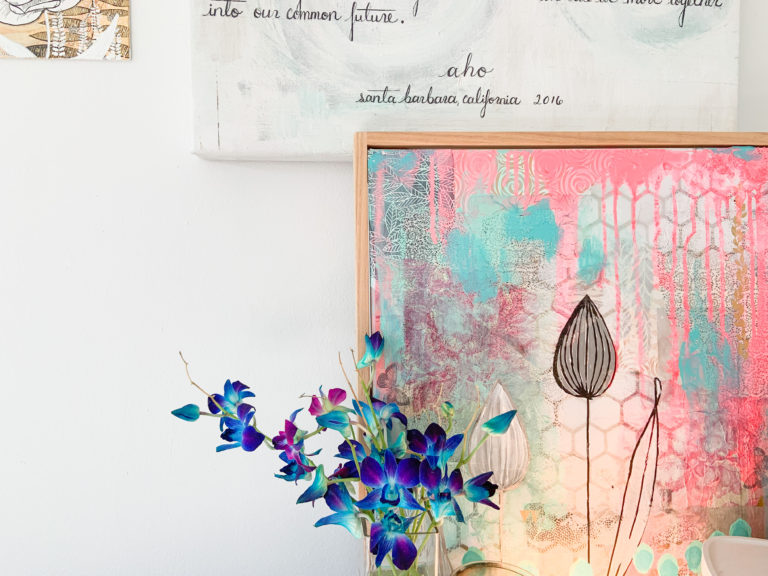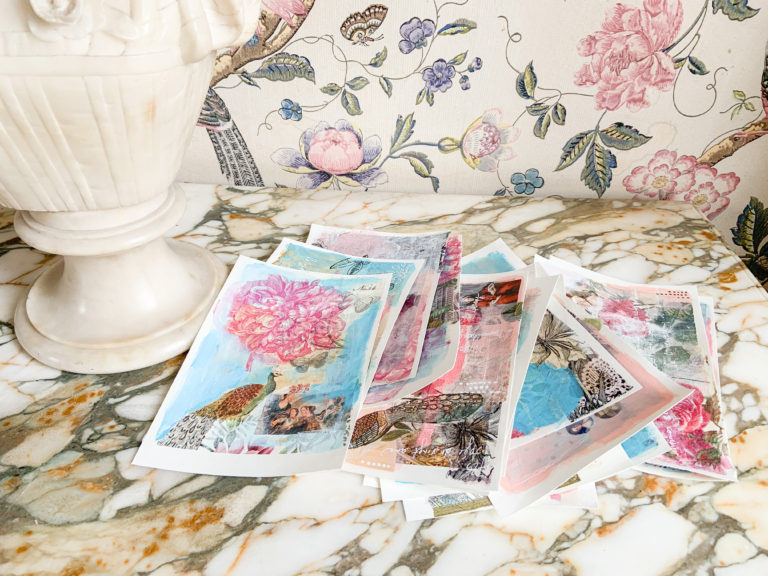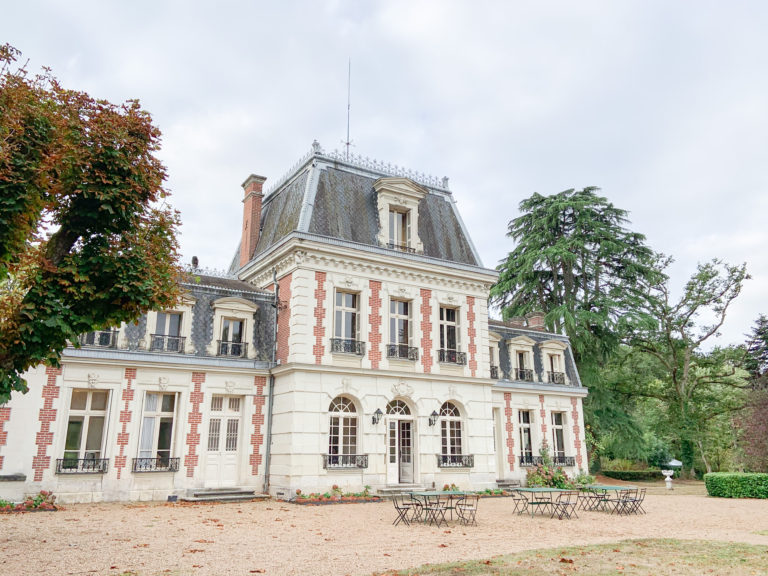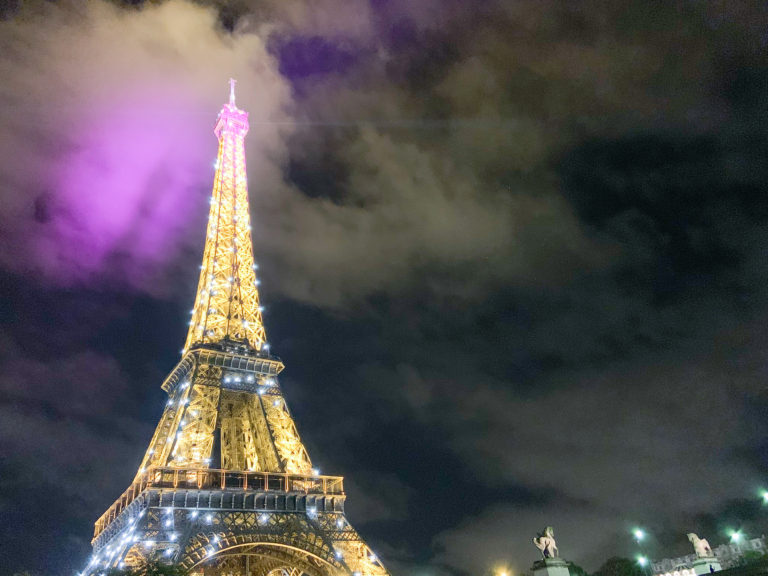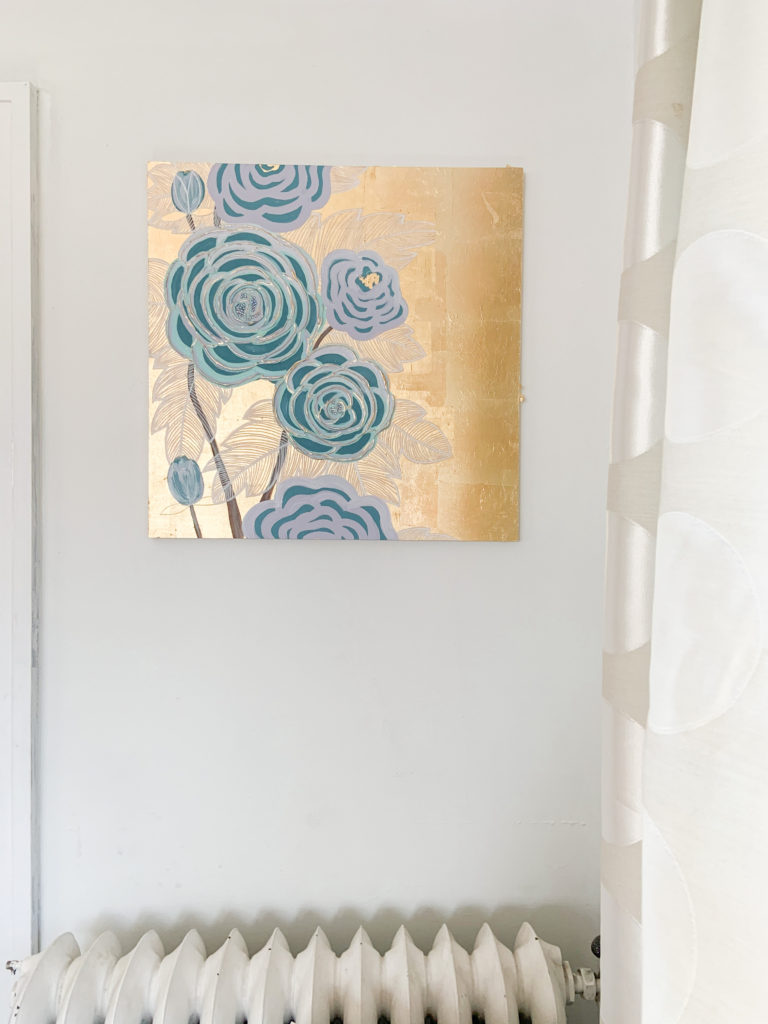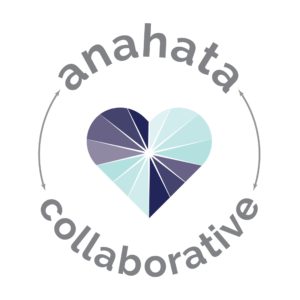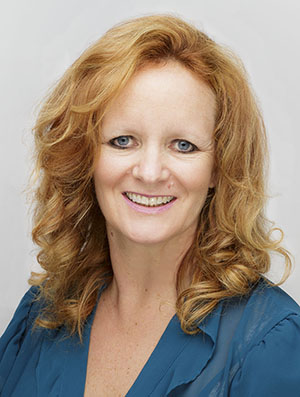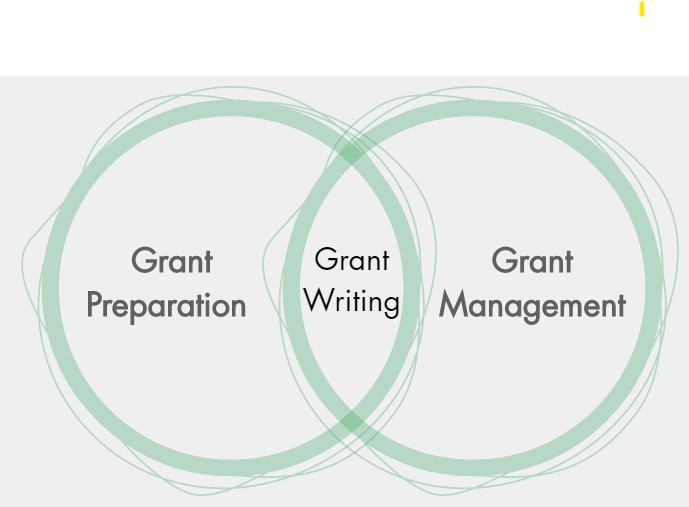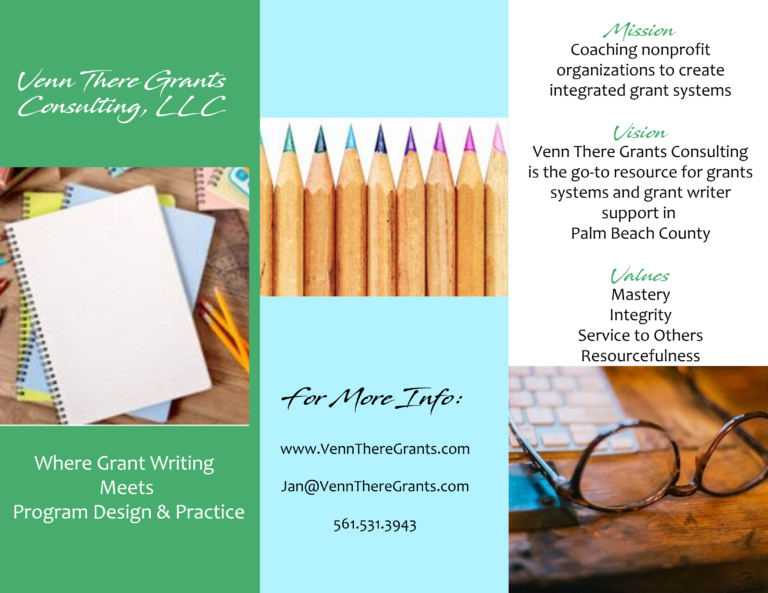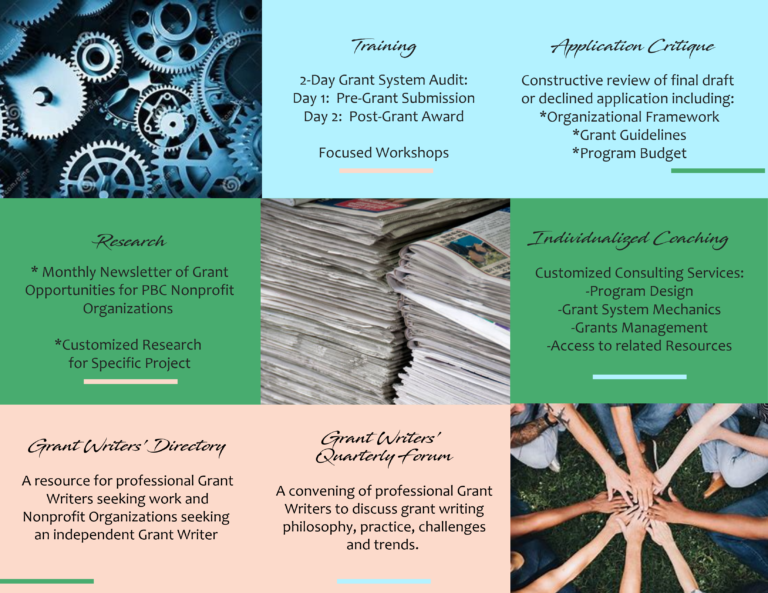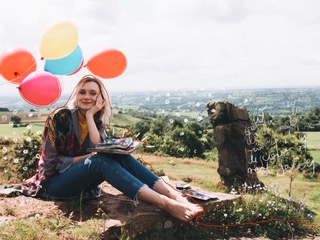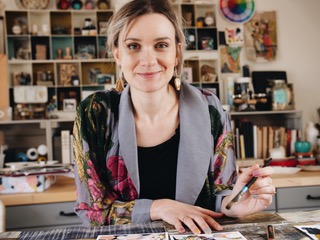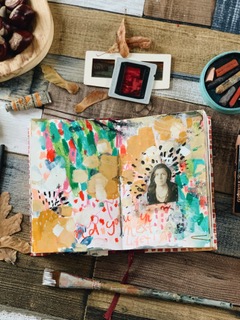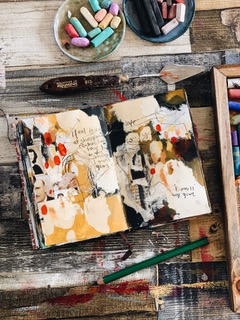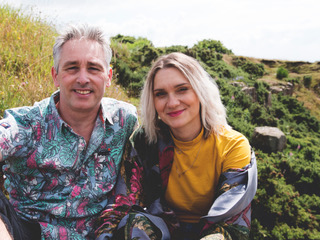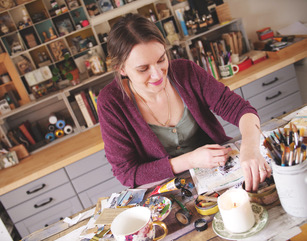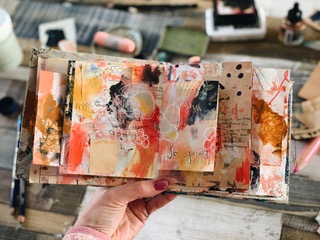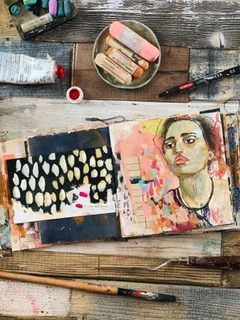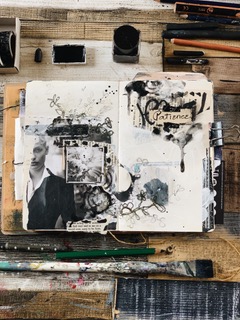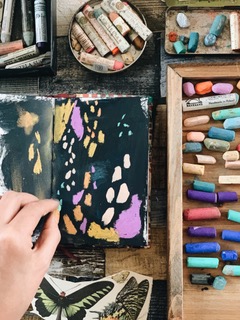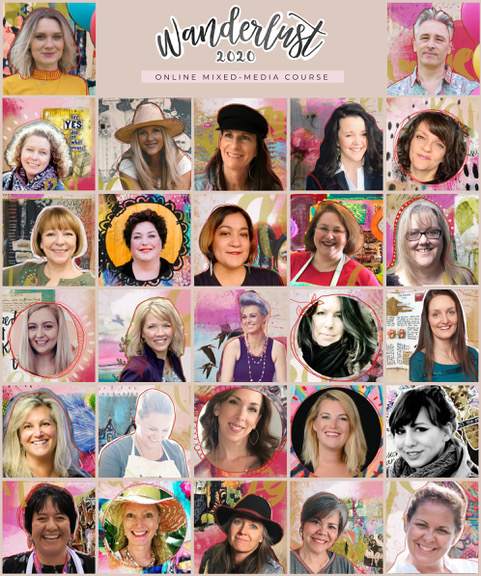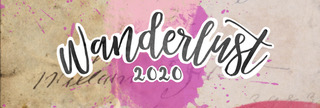#138 Danny Gregory: Author, Artist, and Teacher
Artist Danny Gregory has written a dozen books about drawing and art. He first came to drawing in his 30’s when his family was going through a difficult time. Drawing everyday objects in his home and from his walks through his New York City neighborhood became the comfort that he needed. Danny was very generous in telling us his personal story of how and why he started drawing. He’s since formed a huge community of sketchbook artists who encourage one another with their passion, and he shares what he’s learned in the Sketchbook Skool online classes that he started with his partner Koosje Koene.
Listen here or use a podcast app, such as Apple Podcasts, Castbox, Spotify, or Stitcher.
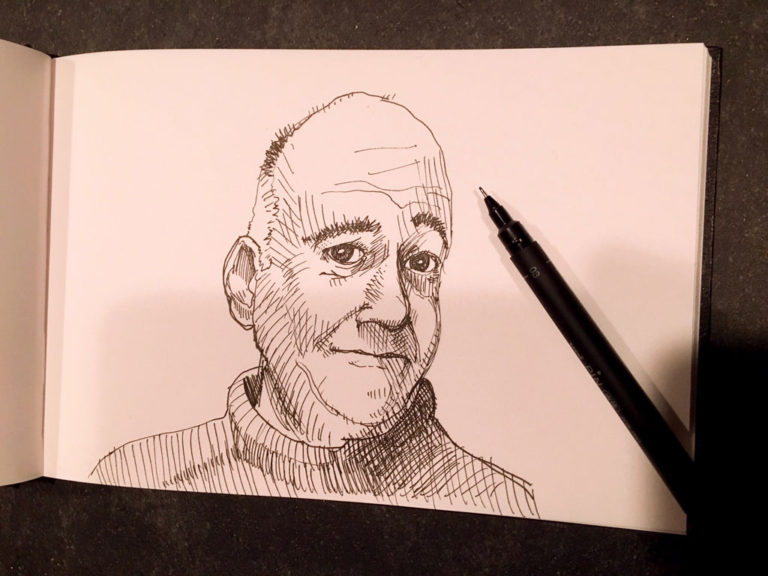
Danny Gregory by Danny Gregory
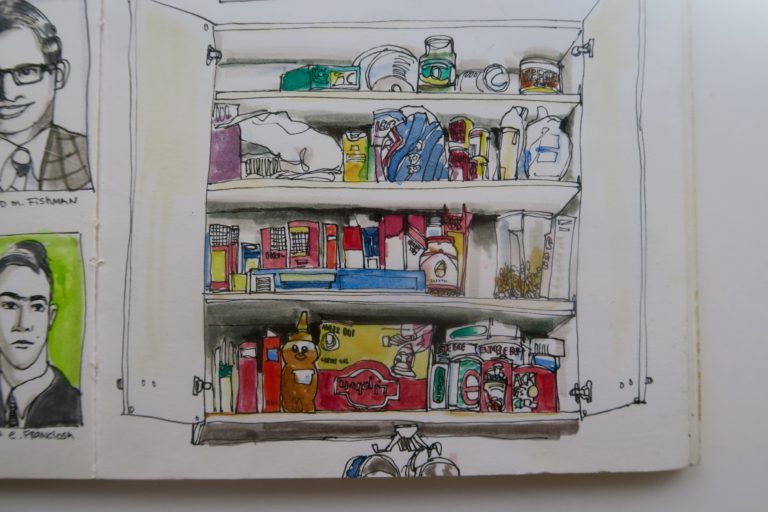
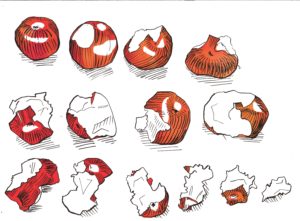

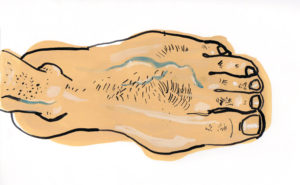
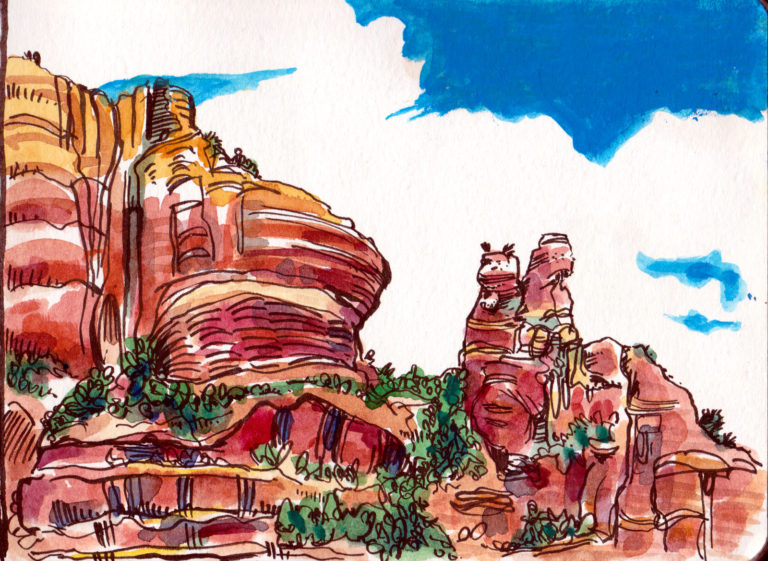
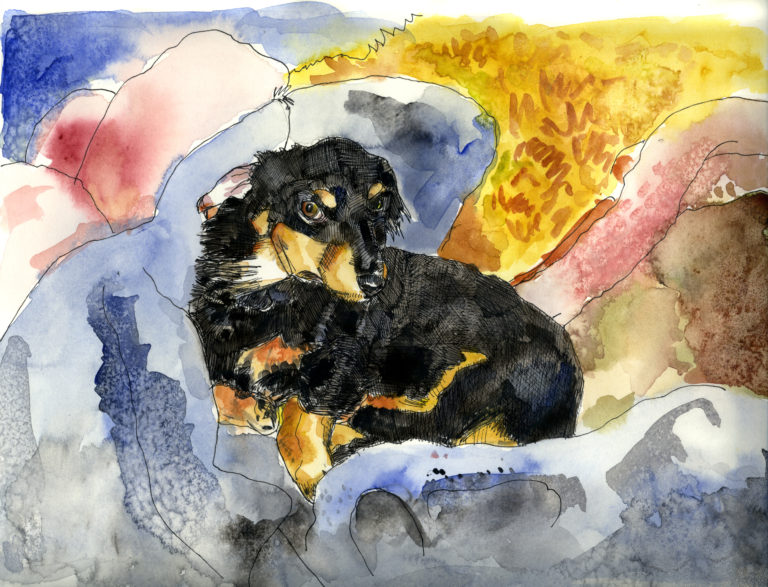
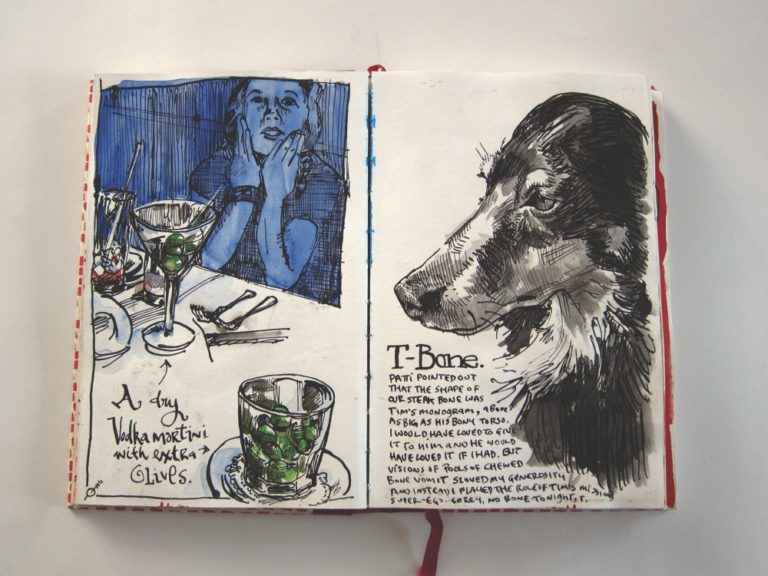
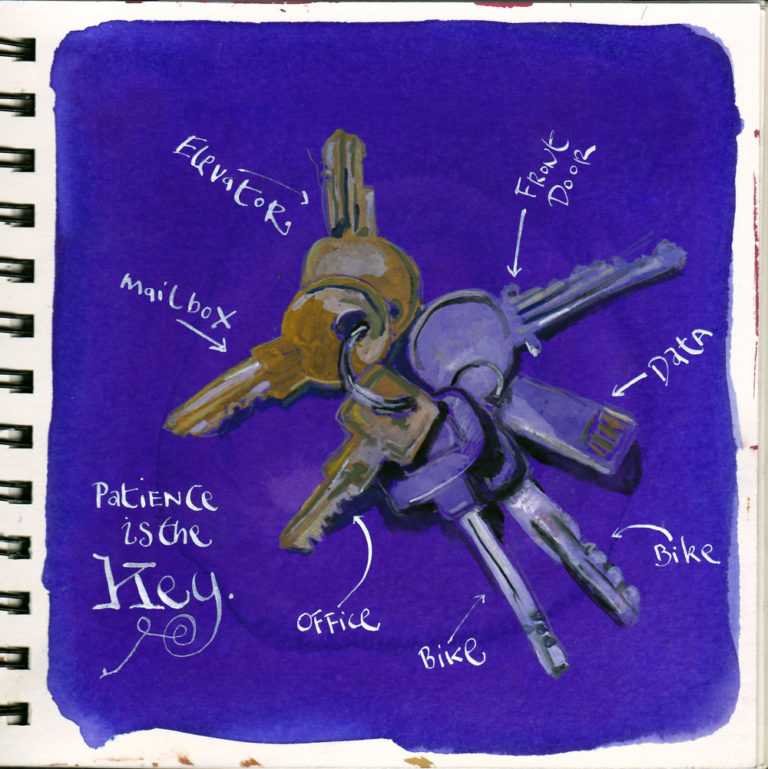
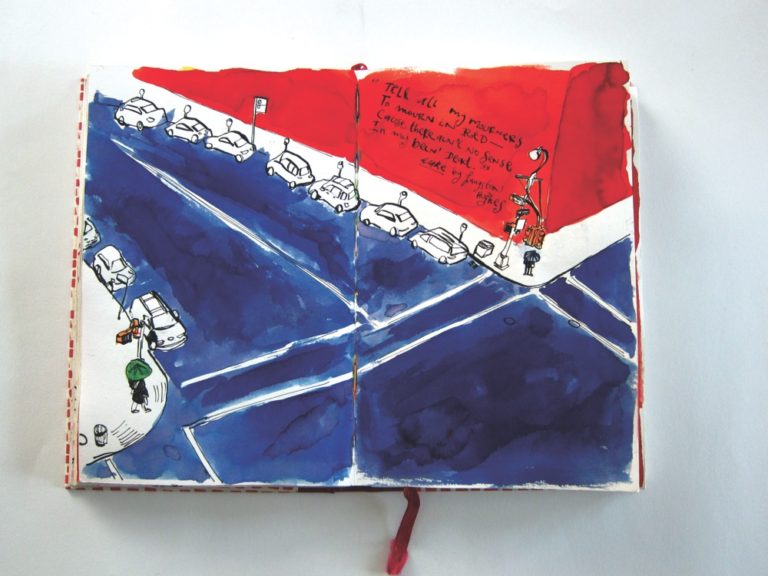
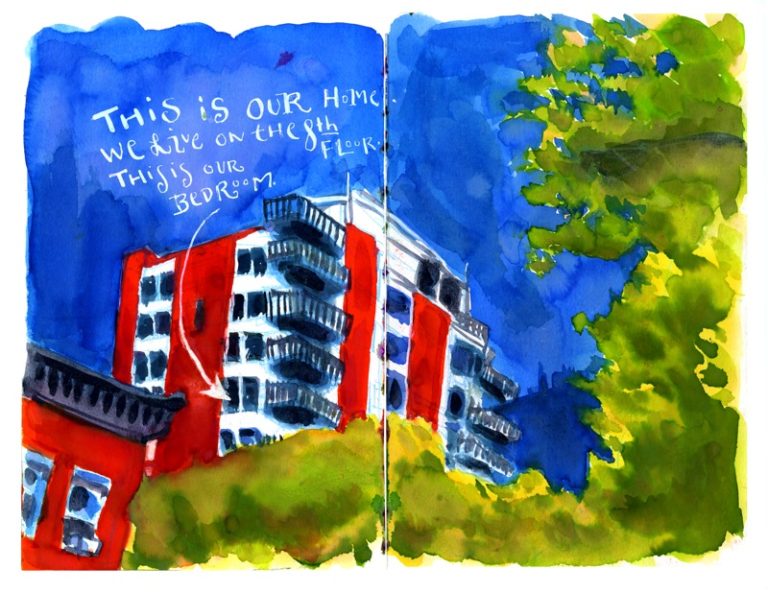
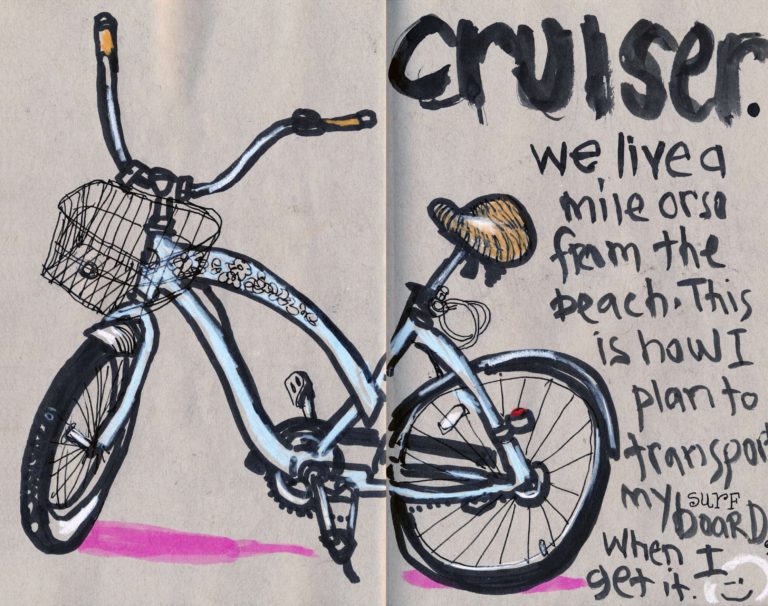
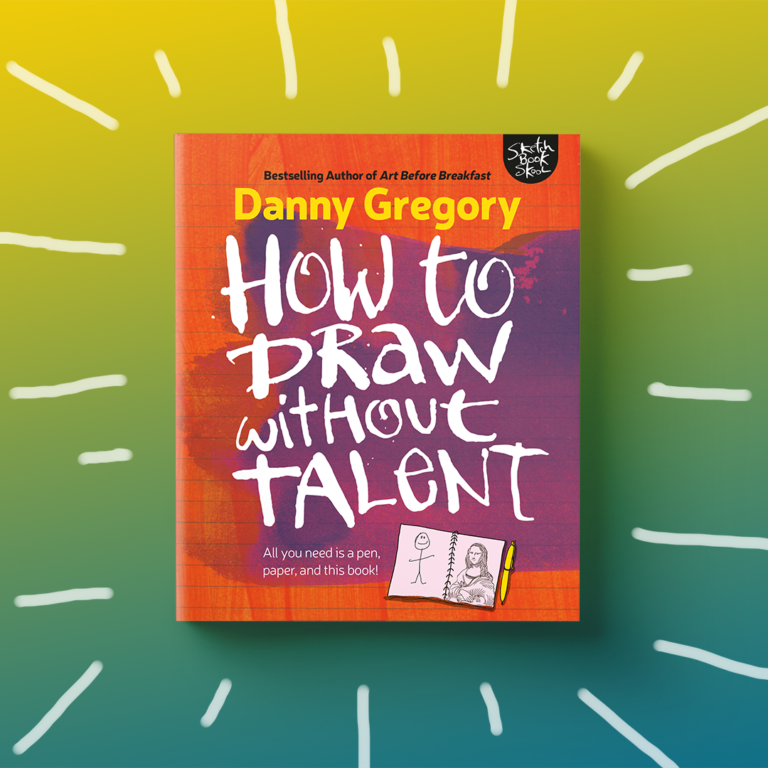
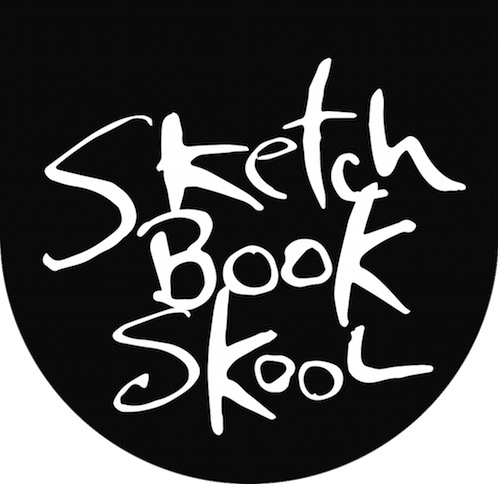
Danny’s personal website is dannygregory.com and you can find his blog through that or dannygregorysblog.com.
You can find a list of all Danny’s books on the Author tab of his website here.
You can find him on Instagram @dannyobadiah
Danny started The Sketchbook Skool with Koosje Koene. That website is sketchbookskool.com.
Sketchbook Skool has a
Facebook page (Sketchbook Skool News)
On his YouTube Channel, be sure to look for his weekly drawing show called Draw with Me and Koosje’s Draw Tip Tuesday.
If you’re interested in Sketchbook Skool, you can try out a free lesson on the website. Just go to the website and scroll down to the bottom to click on the free lesson.
Danny mentioned that in the February, 2020 time period, The Sketchbook Skool website will be going through some changes, so keep an eye out for that. He’s also adding live workshops to the mix by then, and that will give people an opportunity to take a live online class on an afternoon with thousands of other students. If you sign up for his newsletter you can find out about all his new offerings.
Here are some great takeaways from our conversation:
- Danny believes that art can just be a celebration of what’s happening in your life. He celebrates the every day things in his life by drawing them: what he sees in his house, what he sees when he’s walking outside.
- Drawing every day objects can become a record of your day and what you have experienced. Daily drawing can become your journal of sorts.
- Observing things so that you can draw them allows you to slow down a bit. You need to slow down to be aware of what’s around you. Really looking at the details and drawing them allows you to appreciate what you are seeing.
- Danny first started drawing using a ball pen and later some markers. After he started using watercolors, he got a very small watercolor set and a water brush pen that he could put in his pocket and take anywhere to make art.
- One of the things Danny wanted to tell people when he wrote his second art book, The Creative License, is that there are many ways to be an artist and many ways to support yourself as an artist. It’s not all just paintings hanging in a gallery. He also emphasized that it’s O.K. to have an office job and make art at night. You can still be an artist even if that’s not your way of making income.
- Another thing he emphasized in that book is that the sketchbook could be the final product. Art doesn’t need to be just something that you can hang on the wall.
- Danny has a great partnership with artist Koosje Koene. They created and run Sketchbook Skool together. This came about because he was going to Amsterdam to speak, and he asked if anyone in his online community was from Amsterdam and would like to meet for tea while he was there. This was a completely random question, but their meeting became a great collaboration on a successful business. Don’t be afraid to put yourself out there and meet new people. You never know where that meeting may end up.
- Danny looked at other instructional videos out there, and he felt like he wanted to do something different. He wanted the viewer to get to know the artist and their art, and have the video tell a whole story. Don’t be afraid to do something differently if you think you can do something better.
- If you’re looking to sell something from your website, either art, or classes, or anything else, it helps if you already have followers who have shown an interest in what you do. Followers can come from blog readers, newsletter subscribers, Instagram, Facebook, or Twitter. If doesn’t matter where they come from, just that you do have an existing base of potential customers.
- At the end of our conversation, we talked a little about my recent trip to Morocco and how it was traveling with art supplies. Danny said that he’s been making more art by using the iPad, and that’s especially great when he is traveling somewhere. He also mentioned that he offers a class called How to be an iPad Artist, and you can find that in Sketchbook Skool.
- Post category:Season 2/Show Notes
